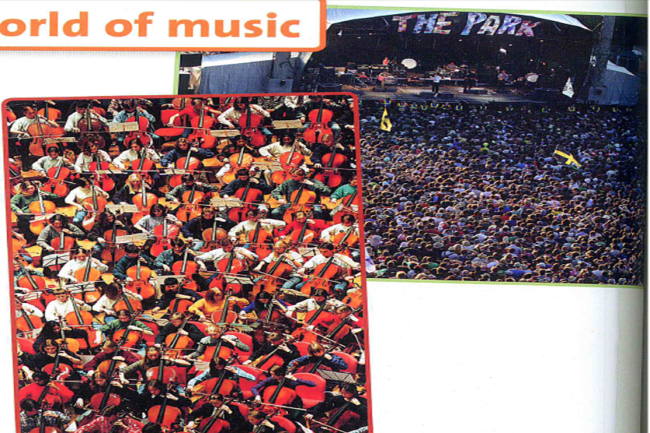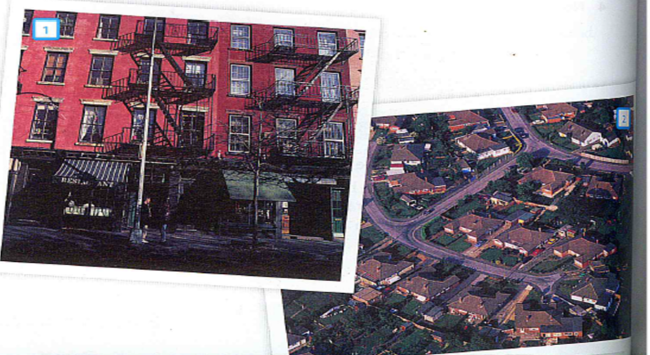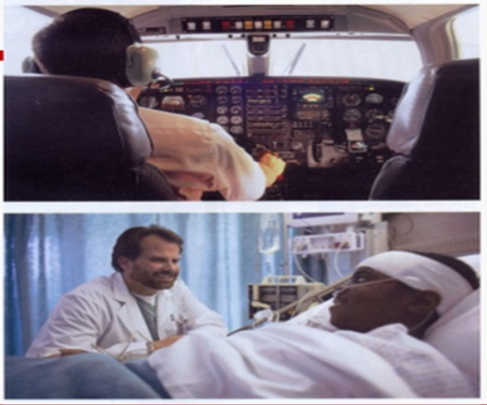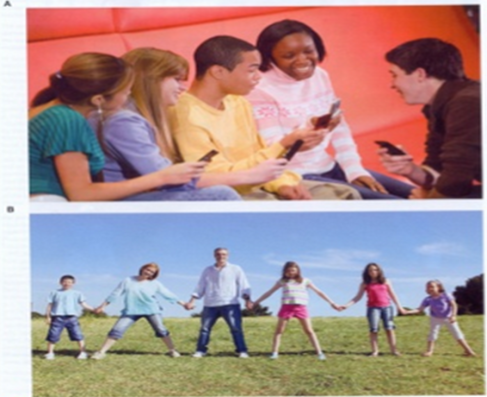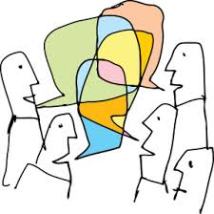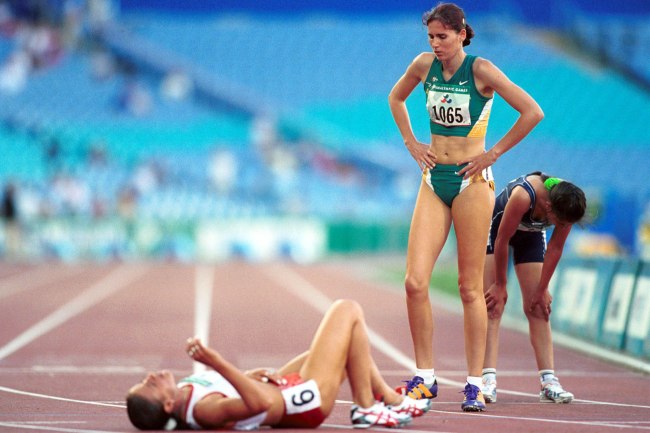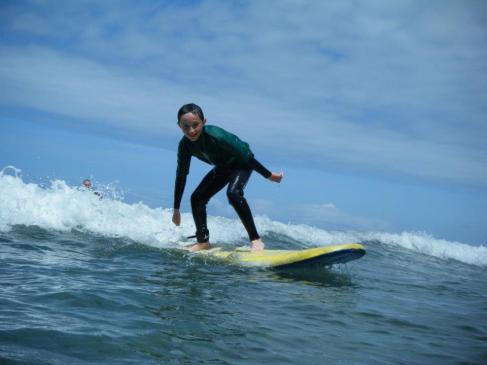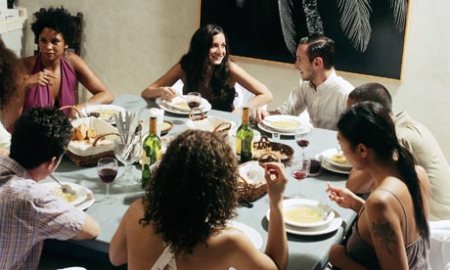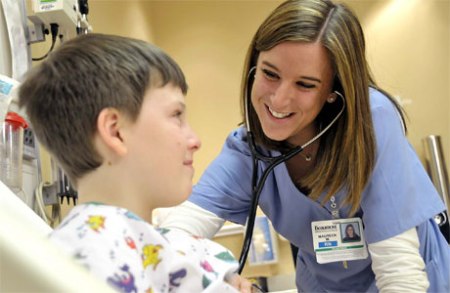In Speaking Part 2 you have to compare two photos before answering a question in one minute. In this section, you need to use modals of certainty to speculate about the pictures.
Look at the pictures given to you and think:
- What must be true
- What might/ may /could be true
- What can’t be true
Your speculation must be based on what you can see in the pictures (read the post below for more information.)
Let’s look at two pictures and speculate:
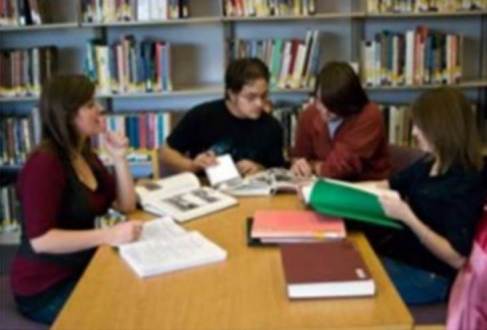
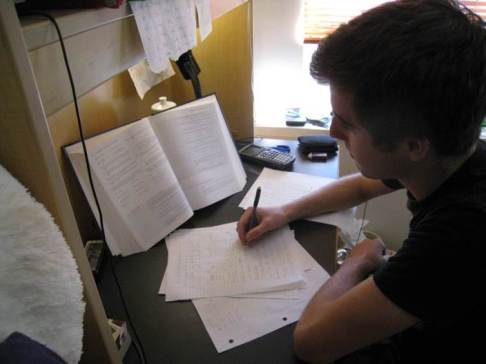
Why have the people chosen to study in this way?
In the first picture, the people must prefer to study together as they are in a group.
They might be a study group that meets every week to help each other.
They could be in the same class at school.
They must know each other.
In the second photo, the boy is studying by himself so he can’t like studying in a group.
He’s at home so he might not like studying in libraries.
He may not study the same subjects as his friends so he can’t share his ideas with other people.
He might like to study at different times to his classmates so he studies by himself.
When speculating, try to use as many different modal verbs as possible. Avoid using only ‘might’, make sure you use ‘could’ or ‘may’ as well.
Look at the photos below and make speculations using the modal verbs; must, could, may, might, can’t.

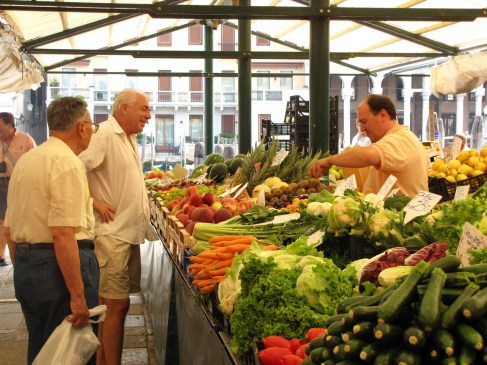
Why do people choose to shop in these places?

